Is a mattress protector *really* necessary? Bedding experts explain if investing in a protector is worth it, or not
Our bedding experts explain what a mattress protector is, and if you really need to add one to your bed. Spoiler alert: yes, you do
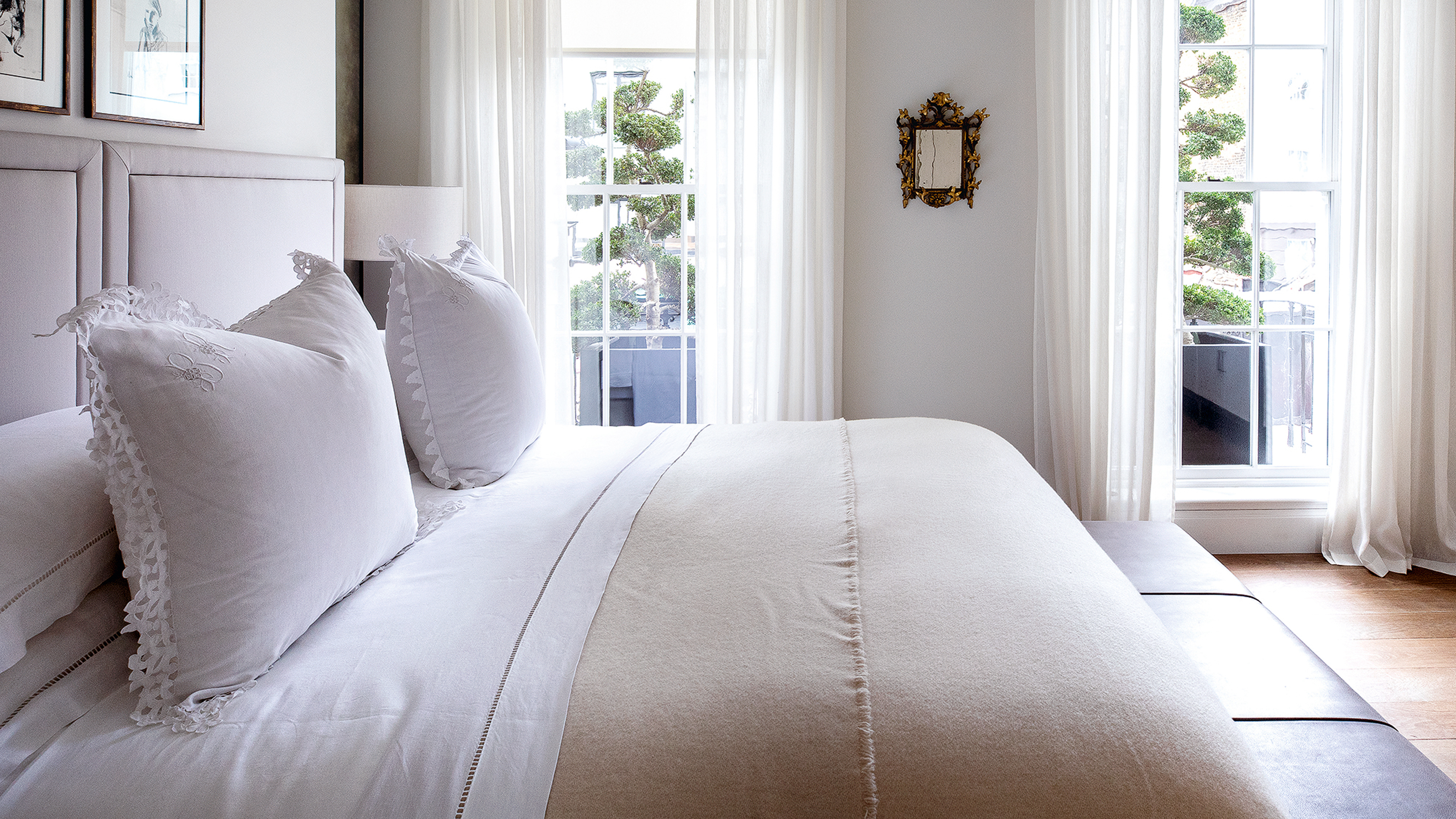

If you've been shopping for bedding recently, you might have come across the wonderful world of mattress protectors. But what is a mattress protector, and is one really necessary, or are they just a ploy to get us to part with more of our hard-earned cash?
As Ideal Home's Sleep Editor, I've spent the last four years researching and testing all types of sleep-related products. That includes testing the best mattress protectors on the market.
Along with the help of three bedding experts, I'm here to explain what a mattress protector is, what the benefits of adding one to your mattress are, and some of the disadvantages you might want to consider before you shop.
What is a mattress protector?
So, first, what is a mattress protector? Essentially, a mattress protector is a thin layer of fabric that covers the surface of your mattress to protect it from dirt, stains, and moisture.
A protector usually has a top layer of cotton or polyester fabric and a layer of light wadding below it. The wadding is designed to lift any stains away from the mattress surface.
You can also get waterproof mattress protectors. Cheaper versions are essentially a plastic sheet that covers the mattress to protect it from liquids such as urine or sweating. More expensive waterproof options will have a layer of fabric and wadding above the plastic membrane to make it more comfortable to sleep on. Some also feature thick terry toweling to help absorb liquid.
Is a mattress protector necessary?
One thing I get asked a lot, is 'is a mattress protector necessary?'. After all, if you put a sheet over your mattress isn't that enough to protect it?
If your mattress is at risk from bedwetting, a waterproof mattress protector is essential. Getting urine out of a mattress is tricky, and best avoided at all costs! But, even if your mattress is safe from those kinds of accidents, a mattress protector is still necessary.
This is because sweat and bodily fluids can still penetrate through a sheet, so not only is another layer of fabric a good idea, but a mattress protector's thin layer of wadding is vital for keeping stains lifted up and away from your mattress surface.
'While it may not be strictly necessary, a mattress protector offers peace of mind and ensures your mattress stays in tip-top condition' says Holly Castle, product manager at bedding brand Slumberdown.
Steve Adams, mattress expert and CEO of Mattress Online, agrees, saying, 'While not essential, a mattress protector is highly recommended as it helps extend the lifespan of your mattress. A mattress protector safeguards your mattress from spills, sweat, dust mites, and allergens.'
'A mattress protector plays a vital role in maintaining the longevity and hygiene of your mattress,' confirm Emily and Jonathan Attwood, founders of bedding brand scooms. 'Acting like a second skin beneath your fitted sheet, it creates a barrier to minimise contamination from fluids, skin, and hair, all of which can lead to stains and degrade the quality of your mattress over time.'
Benefits of a mattress protector
The main benefit of a mattress protector is as its name suggests; it protects your mattress. But let's break down exactly how it does that.
1. Protects your mattress from day-to-day grime
'Over time, sweat, body oils, and dead skin cells naturally build up in a mattress. Without a protector, these can seep into the fabric, spreading bacteria and unpleasant odours,' says mattress expert Steve Adams. 'A mattress protector forms a barrier between you and your mattress keeping your mattress fresher for longer.'
2. Protects your mattress from spills and bed wetting
'Whether it’s from a morning coffee, or an accidental bedtime drink mishap, a mattress protector keeps liquids from spilling onto your mattress,' explains Steve. 'This is especially useful for households with children and pets who can often cause spills. Many protectors are waterproof, ensuring a quick clean up without lasting damage.'
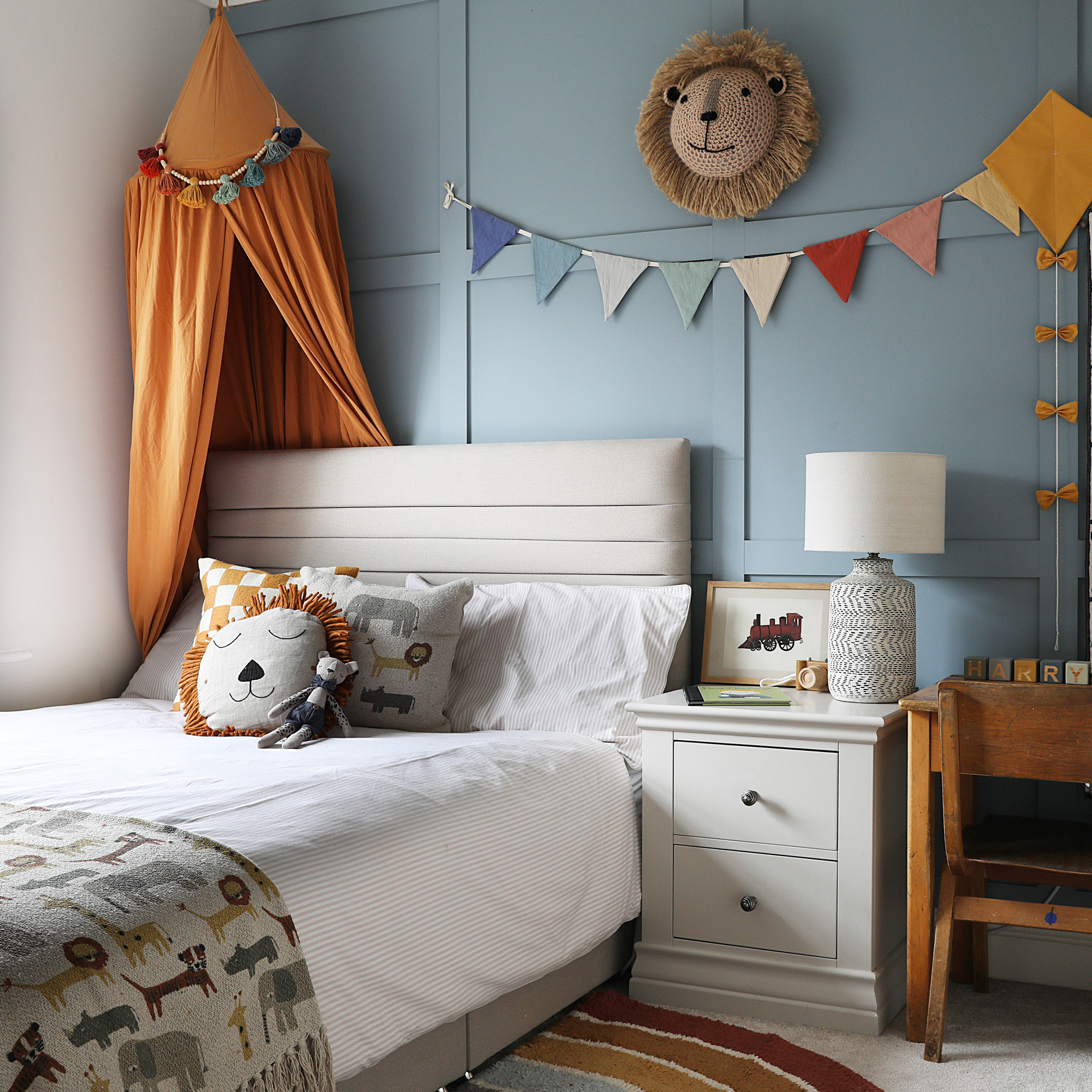
3. Easier cleaning
It's far easier to wash a mattress protector than it is to figure out how to clean a mattress. So adding this protective layer to your mattress will save you all kinds of headaches when it comes to caring for your mattress.
'When it comes to maintenance, a mattress protector is much easier to wash than the mattress itself, giving you one less thing to worry about,' says Holly from Slumberdwon. 'Fully removable and washable, a mattress protector simplifies cleaning,' agree bedding experts Emily and Jonathan Attwood.
When it comes to how often you should wash a mattress protector, experts advise every other month. However, some people choose to do it every time they change their bedding. (If you're wondering how often you should wash your sheets, that's every one to two weeks).
4. Helps combat allergens
A mattress protector can also help if you suffer from allergies. 'Beyond hygiene, a mattress protector offers significant health benefits,' say Emily and Jonathan Attwood, 'especially for individuals with asthma, eczema, or dust mite allergies as it creates an additional layer of defense against allergens.'
'Dust mites are a common allergen and can thrive in warm, humid environments, like an unprotected mattress,' agrees Steve Adams. 'An anti-allergy mattress protector creates a physical barrier for your mattress helping to reduce the effect of dust mites and allergens, making it ideal for allergy sufferers or those with asthma.'
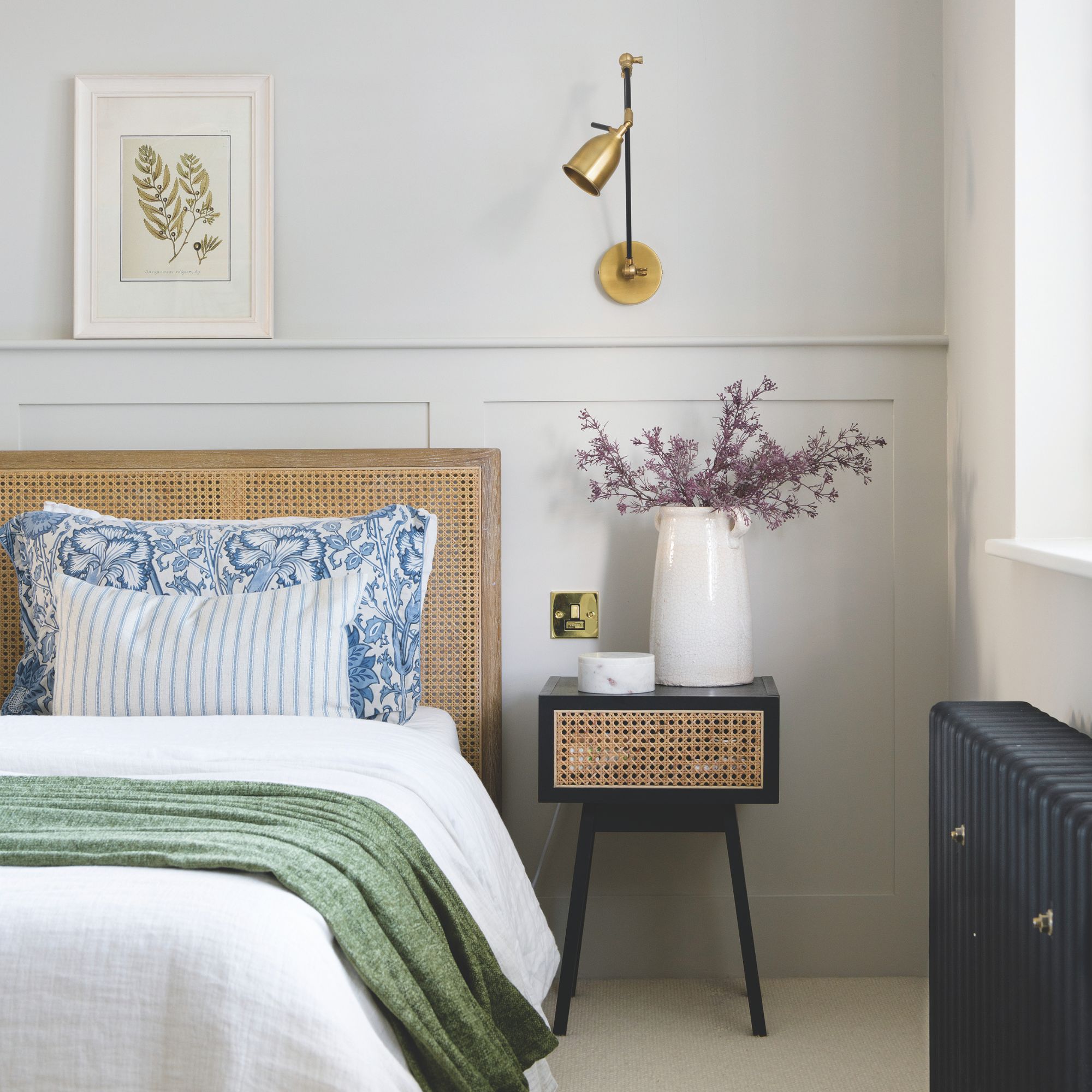
5. Can extend the lifespan of your mattress
We all know that the best mattresses are a big investment, so adding a mattress protector is a good way to prolong your mattress's lifespan and avoid having to replace a mattress more frequently than is necessary.
'A mattress protector will reduce wear and tear, helping maintain the structural integrity of your mattress and comfort over time' says Steve Adams.
'A protector can help extend the lifespan of your mattress by reducing wear on the top layers' agrees Josie Towells, senior buyer at bedding and mattress brand DUSK.
Disadvantages of a mattress protector
But are there any disadvantages to adding a mattress protector to your bed? Yes, but as we'll find out, most can be avoided by choosing the right protector for your needs.
1. Can be noisy
'Depending on the material, some protectors can make noise when you move, especially those with waterproof layers,' says bedding expert Jodie Towells.
Because of this, if you don't need a waterproof mattress protector, I'd always advise opting for one without a waterproof membrane.
However, if bedwetting or heavy sweating is an issue, you can still counteract the noise issue by investing in a good-quality waterproof mattress protector rather than a cheap option. In our tests, we've found the Panda Bamboo Waterproof Mattress Protector offers waterproof protection without any rustling or crinkling noise.
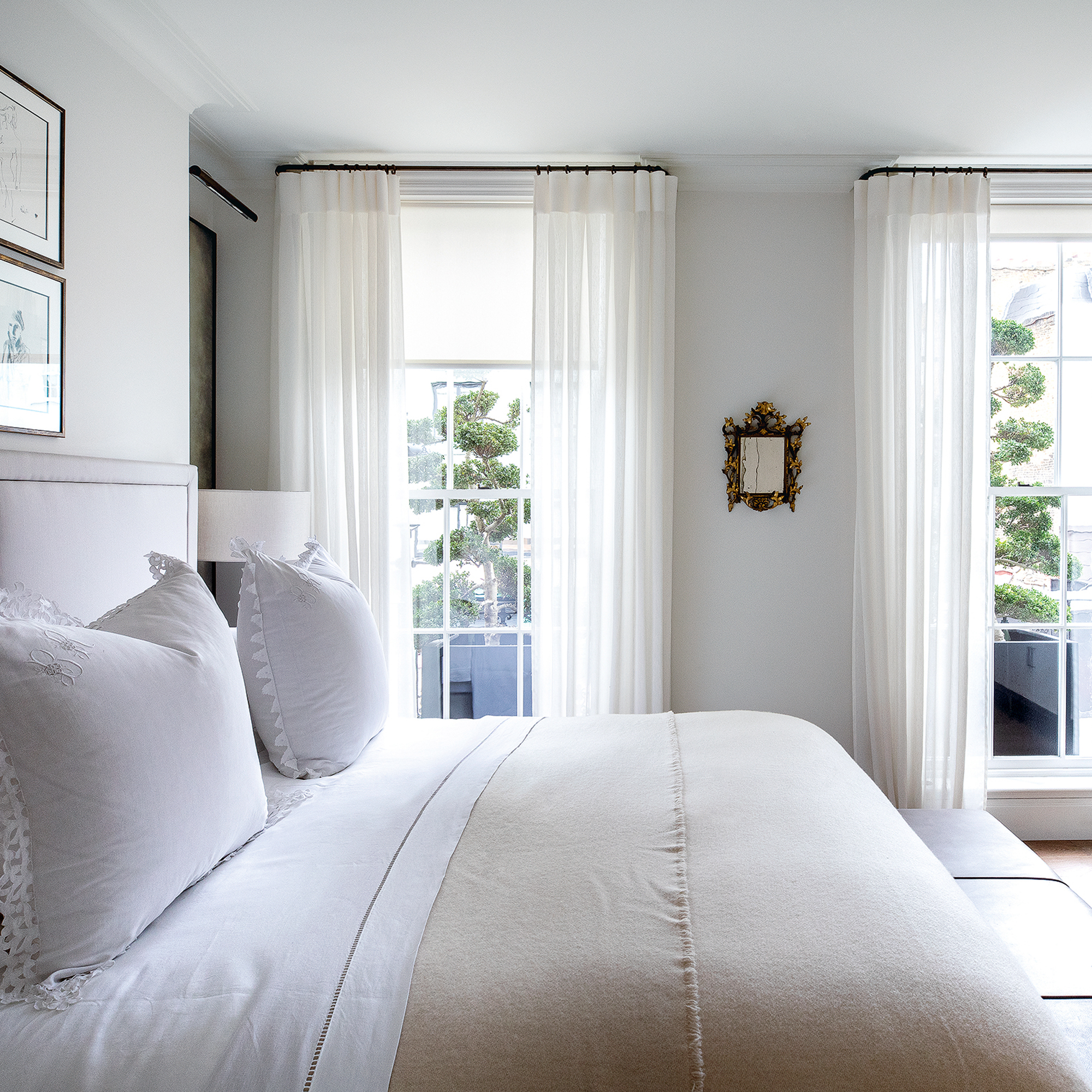
2. Can cause overheating
'A mattress protector may also trap heat, making the bed feel warmer for people who tend to sleep hot,' says Jodie. Overheating tends to be more of a problem with waterproof mattress protectors, or normal protectors that are made from synthetic polyester fibres.
You can eliminate this problem by opting for a cotton mattress protector that uses natural materials such as cotton or wool for its padding. The Woolroom Deluxe Washable Wool Mattress Protector offers brilliant breathability, or the M&S Pure Cotton Mattress Protector is a more affordable choice.
However, if you need a waterproof mattress protector, that doesn't mean you need to resign yourself to hot nights. 'Some protectors have a plastic or vinyl layer to prevent spills from reaching the mattress, which can sometimes trap body heat and reduce airflow,' explains Steve.
'However, this issue depends largely on the type and quality of the protector. More premium protectors use advanced materials... which allows water vapour through but not actual liquids, reducing the heat retention.'
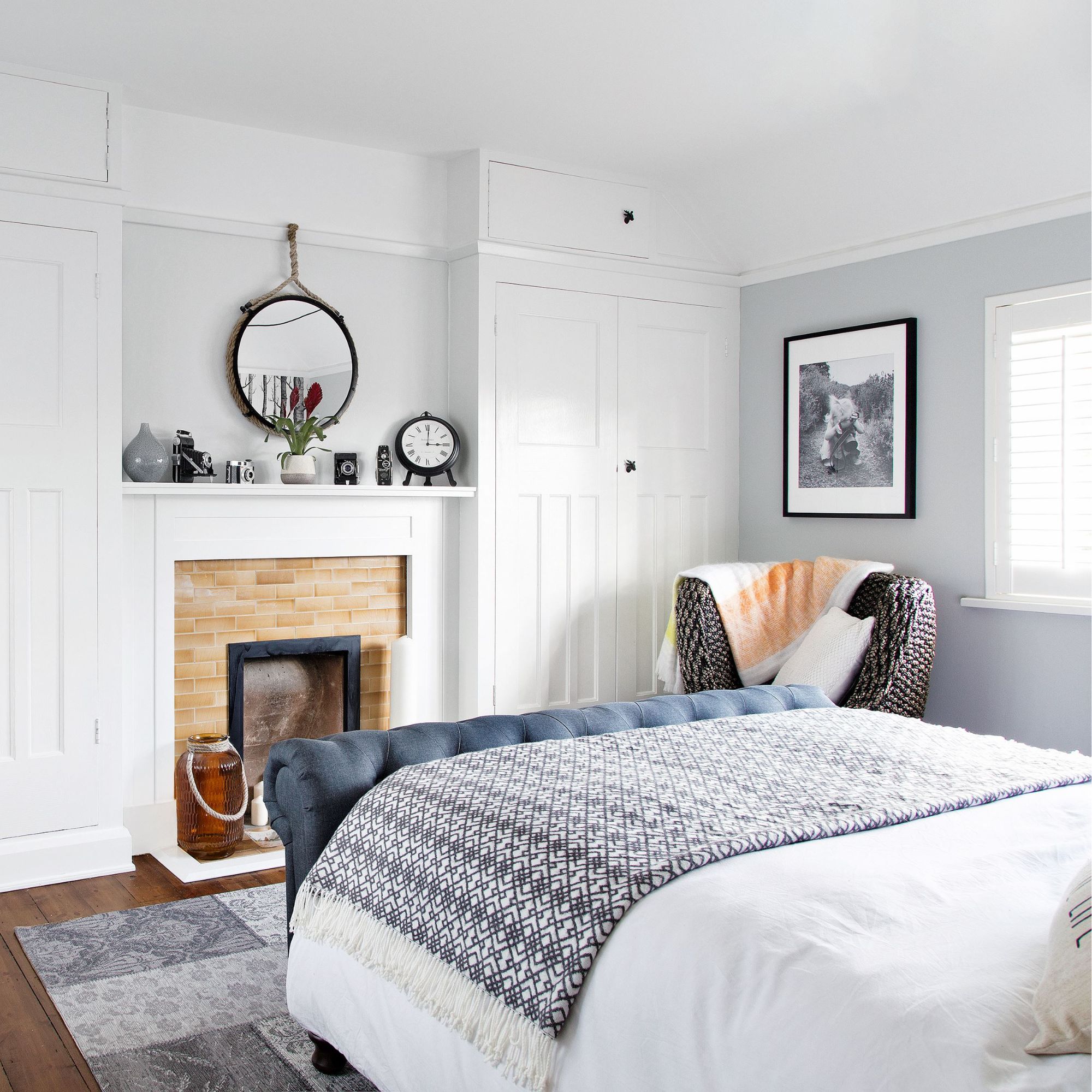
3. Can affect your mattress feel
'Another potential downside is that a mattress protector can slightly alter the feel of your mattress,' says Steve. 'Waterproof options may introduce a slightly firmer texture, which can be noticeable. In some cases, lower-quality protectors might also create a crinkly or plastic-like feel which can be disruptive during sleep.'
However, again, all is not lost. 'Many premium mattress protectors are ultra-thin and designed to be noiseless and flexible, ensuring they don’t interfere with your mattress’ natural comfort,' Steve continues. 'Choosing a fitted, breathable protector with stretchable sides can help it blend seamlessly into your bedding without affecting the overall feel'.
4. A badly fitting protector can bunch
Lastly, 'Ill-fitting protectors can bunch up or shift, causing discomfort,' warns Jodie.
'Loose or ill-fitting protectors can bunch up or move around, which can be uncomfortable to sleep on and affect how well they work',' agree Emily and Jonathan Attwood.
But again, there's a solution. 'When buying a protector, check the dimensions to ensure the right fit for your mattress,' say Emily and Jonathan. 'Be sure to consider depth and any additional layers like a pillow-top mattress or mattress topper, to ensure the protector will fit properly.'
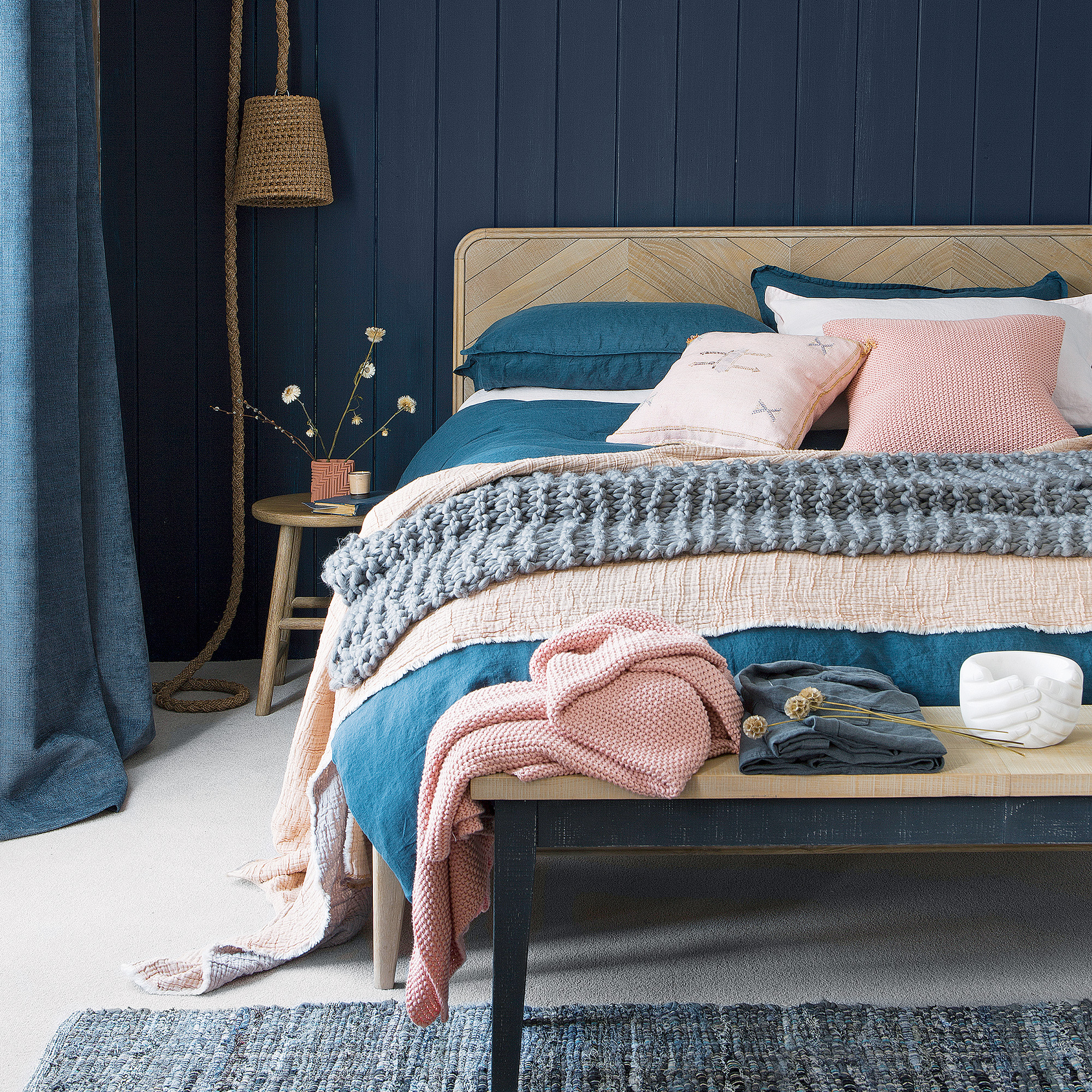
FAQs
What's the difference between a mattress protector and a mattress topper?
The main difference between mattress toppers vs protectors is that a mattress protector is usually only 1cm thick and designed to protect your mattress from stains or spills. In contrast, the best mattress toppers are much thicker – usually between 3cm to 10cm deep – and are designed to add a layer of cushioning to a mattress.
Are mattress protectors supposed to be tight?
Are mattress protectors supposed to be tight? Yes, says Holly from Slumberdown, 'Mattress protectors should fit snugly around your mattress. A tight fit makes sure that the protector stays in place all night long, even if you tend to toss and turn!'
'Mattress protectors should fit tightly over your mattress, similar to how a fitted sheet would fit,' agree Emily and Jonathan Attwood. 'The snug fit ensures that your protector will always stay in place and give consistent coverage and protection.'
Hopefully, you're now convinced that a mattress protector is a necessary purchase, and the good news is that they don't cost much to buy.
However, a mattress protector isn't the only way to upgrade your sleep set-up. Buying a good mattress protector is a practical bedtime essential, but so is investing in the best duvet and best pillow for your sleep needs.
Luckily, we've put plenty of options through the Ideal Home testing process. So what ever your particular sleep needs, we've got you covered.
Get the Ideal Home Newsletter
Sign up to our newsletter for style and decor inspiration, house makeovers, project advice and more.

Amy is Ideal Home’s Sleep Editor and the Ideal Home Certified Expert on Sleep. She's spent the last four years researching and writing about what makes for the best night’s sleep during the day and testing out sleep products to find the best-in-class by night. So far she’s clocked up over 10,000 hours of pillow, duvet, and mattress testing experience.
Our go-to for all things sleep-related, she’s slept on and under bestselling products from Simba, Emma, Hypnos, Tempur, Silentnight, Panda, and many many more.
As a hot sleeper, Amy is always on the lookout for the most breathable bedding, but she also leads a wider team of testers to ensure our product testing encompasses both hot sleepers, cold sleepers, front sleepers, back sleepers, side sleepers, and everything in-between.
You must confirm your public display name before commenting
Please logout and then login again, you will then be prompted to enter your display name.
-
 5 fragrant shrubs that will fill your garden with a gorgeous scent this summer
5 fragrant shrubs that will fill your garden with a gorgeous scent this summerAdd an extra dimension to your outdoor space with these scented shrubs
By Kezia Reynolds
-
 Should your front door colour match your hallway? Interior experts reveal 3 reasons why it should (and 3 reasons it shouldn't)
Should your front door colour match your hallway? Interior experts reveal 3 reasons why it should (and 3 reasons it shouldn't)Are you team matching or contrasting?
By Ellis Cochrane
-
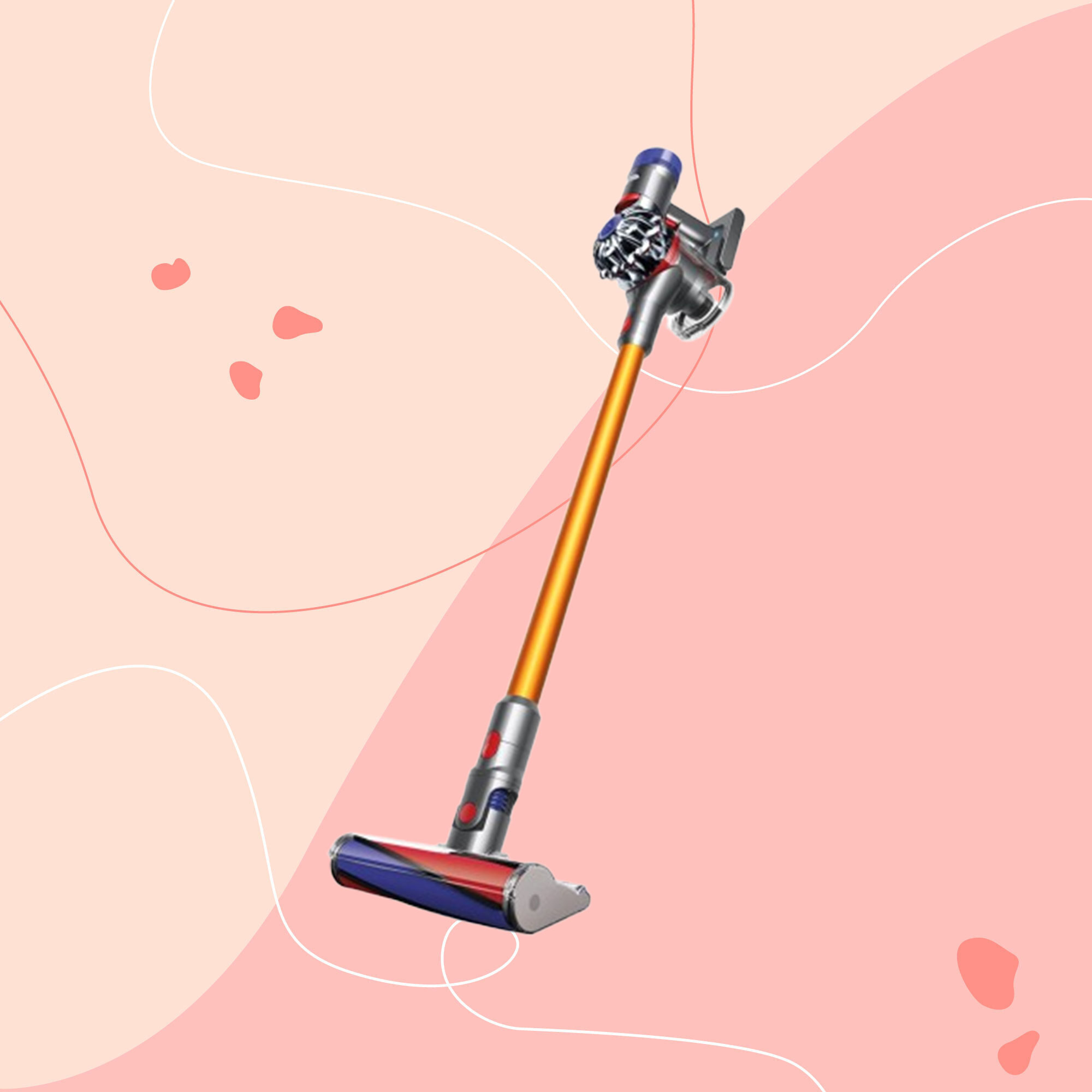 This £200 limited-time discount makes this Dyson vacuum cheaper than I’ve ever seen it - run don’t walk to Argos for this bargain
This £200 limited-time discount makes this Dyson vacuum cheaper than I’ve ever seen it - run don’t walk to Argos for this bargainIt's the most affordable Dyson on the market right now
By Lauren Bradbury